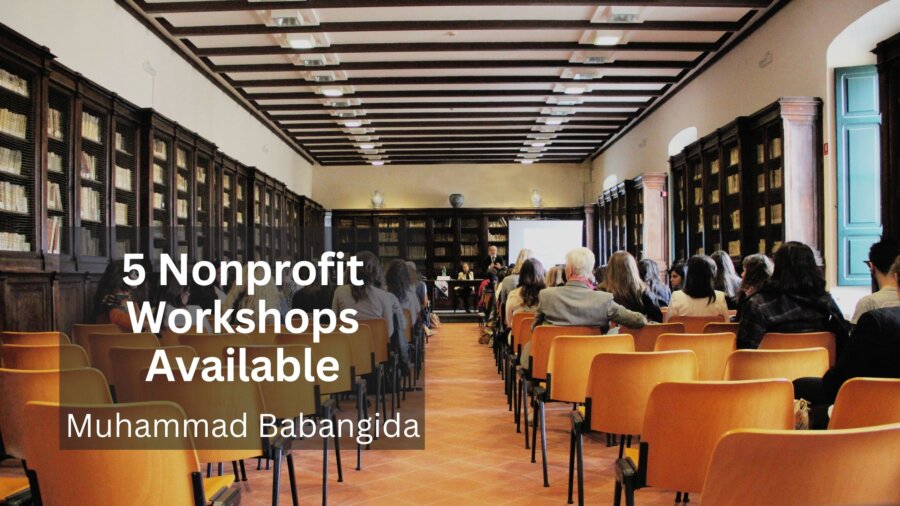Nonprofit workshops are invaluable resources for organizations seeking to enhance their skills, knowledge, and capacity to fulfill their missions effectively. These workshops cover various topics, from fundraising and grant writing to governance and program management. Here are five nonprofit workshops that are commonly available:
Grant Writing Workshop:
Grant writing workshops help nonprofit organizations develop the skills and strategies to secure grant funding. These workshops typically cover understanding grant terminology, researching funding opportunities, crafting compelling grant proposals, and building relationships with funders. Participants learn best practices for writing grant proposals, including how to clearly articulate their organization’s mission, goals, and programs and develop realistic budgets and evaluation plans. Grant writing workshops often include hands-on exercises, case studies, and feedback sessions to help participants refine their grant writing skills.
Fundraising Workshop:
Fundraising workshops focus on helping nonprofit organizations develop and implement successful fundraising strategies to support their missions. These workshops cover a variety of fundraising methods, including individual giving, major gifts, corporate sponsorships, special events, and online fundraising. Participants learn how to identify and cultivate donors, create compelling fundraising appeals, leverage storytelling and social media to engage supporters, and steward donor relationships. Fundraising workshops also address ethical considerations, legal regulations, and best donor stewardship and retention practices. Participants leave with practical tools and techniques to apply to their organization’s fundraising efforts.
Board Governance Workshop:
Board governance workshops are designed to help nonprofit board members effectively fulfill their fiduciary, strategic, and oversight responsibilities. These workshops cover topics such as the roles and responsibilities of nonprofit boards, best practices for board recruitment and orientation, strategies for effective board meetings and decision-making, and principles of financial management and accountability. Board governance workshops also address board-staff relations, conflict resolution, and succession planning.
Strategic Planning Workshop:
Strategic planning workshops guide participants through the strategic planning process, from conducting situational analysis and defining organizational priorities to setting measurable goals and developing action plans. Participants learn to engage stakeholders, assess internal and external factors impacting their organization, and prioritize initiatives to maximize impact and sustainability. Strategic planning workshops also address challenges such as managing change, fostering collaboration, and aligning resources with strategic priorities.
Program Evaluation Workshop:
Program evaluation workshops help nonprofit organizations assess the effectiveness of their programs and services and make data-driven decisions to improve outcomes. Program evaluation workshops also address ethical and cultural sensitivity, stakeholder engagement, and effective communication of results. Participants leave with the knowledge and skills they need to evaluate their organization’s programs and demonstrate impact to funders, donors, and other stakeholders.
Nonprofit workshops provide valuable opportunities for organizations to build their capacity, enhance their effectiveness, and achieve their missions more successfully. Whether focused on grant writing, fundraising, board governance, strategic planning, or program evaluation, these workshops offer practical tools, strategies, and insights that can help nonprofit leaders and staff navigate the nonprofit sector’s challenges and make a positive difference in their communities.

